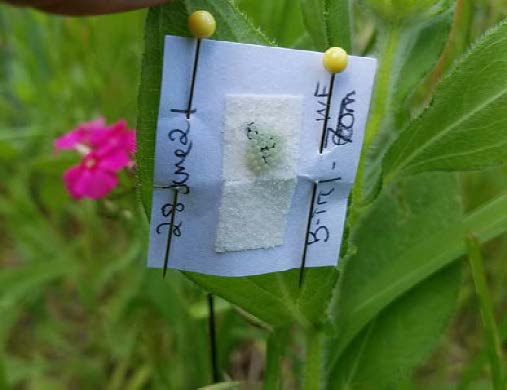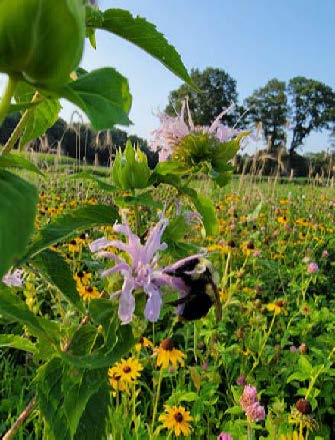Flower Power: Floral Diversity Attracts Beneficial Arthropods in an Edamame Agroecosystem
Kathleen Evans, Ph.D. Student, Anahí Espíndola, Assistant Professor
Cerruti Hooks - Professor Department of Entomology

Increased biodiversity within a habitat often enhances ecosystem services (e.g., pollination, natural enemy efficacy) and cropping systems are no exception. Studies show that crops benefit from diverse plant communities through enhanced services such as pest suppression, pollination and soil fertility. This helps explain why losses of natural habitat in agroecosystems and an associated reduction in floral diversity negatively affect beneficial arthropod populations while benefiting pests. An ecosystem-friendly response to this problem is to enhance floral diversity (e.g., wildflower strips, intercropping) and consequently biological services in cropping systems. Although floral additions may restore ecosystem services within a crop that were lost as a result of reduced plant diversity, little attention has been given to how these floral additions within a cropping system affect ecosystem services in neighboring habitats (e.g., grassland, forest). Further, virtually no research has concomitantly quantified the effects of enhanced floral diversity on natural enemy and pollinator diversity and their efficacy within the crop field and adjacent habitats. As such, objectives of this project are to quantify effects of floral diversification on (i) beneficial arthropod abundance and diversity within the crop and surrounding habitats; (ii) reproductive output of crops and wild plants in neighboring habitats, and (iii) pest control and pollination efficacy.

